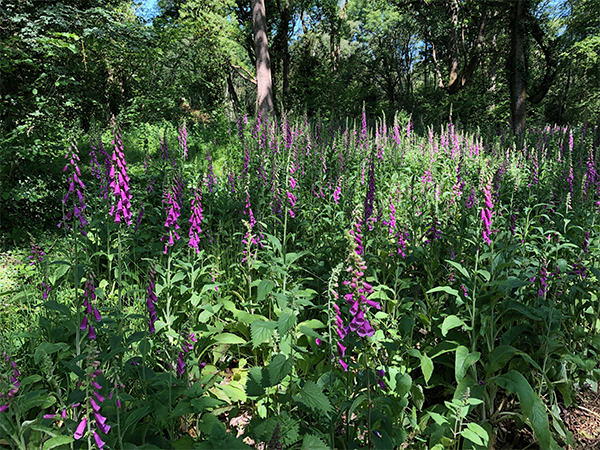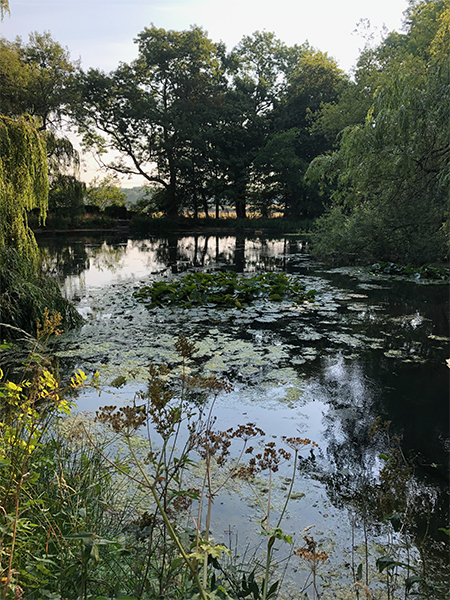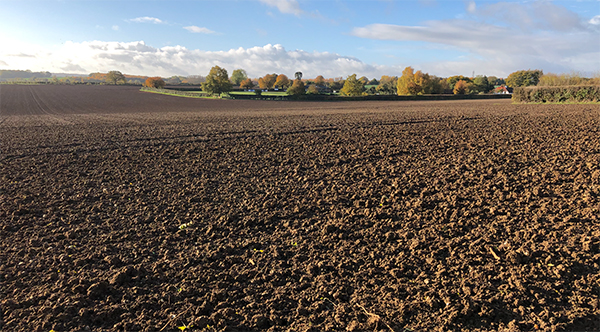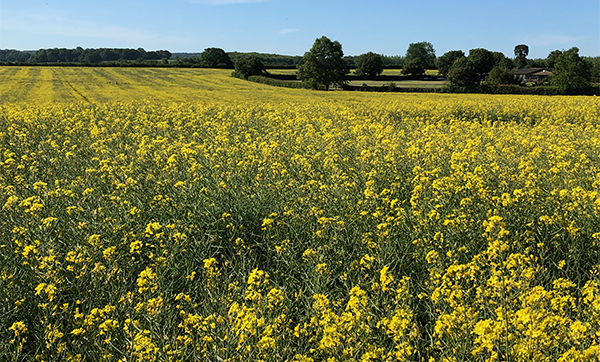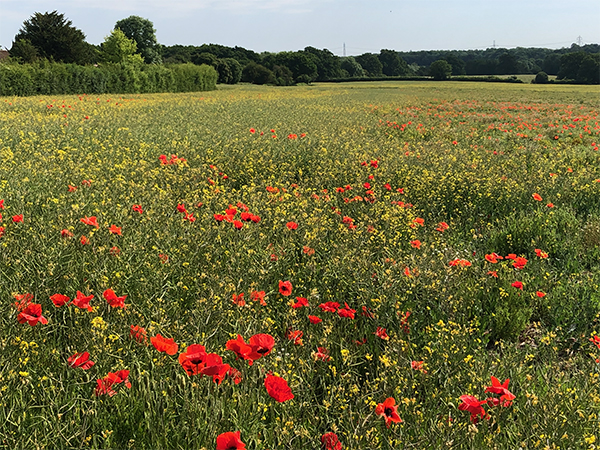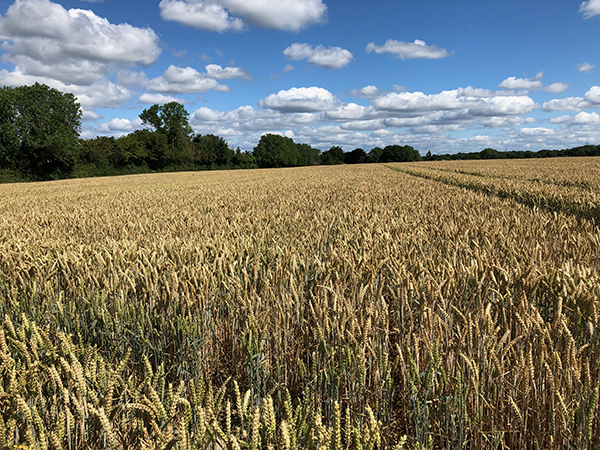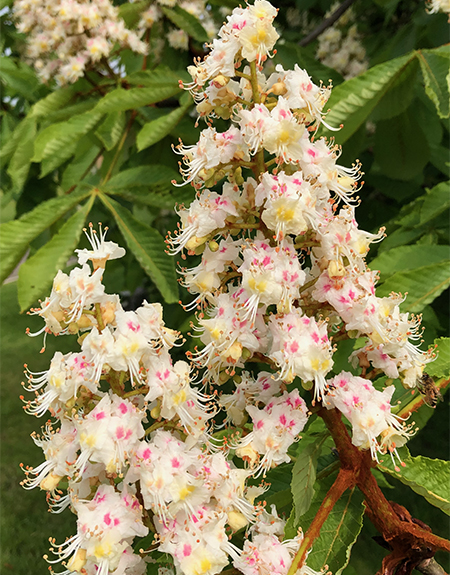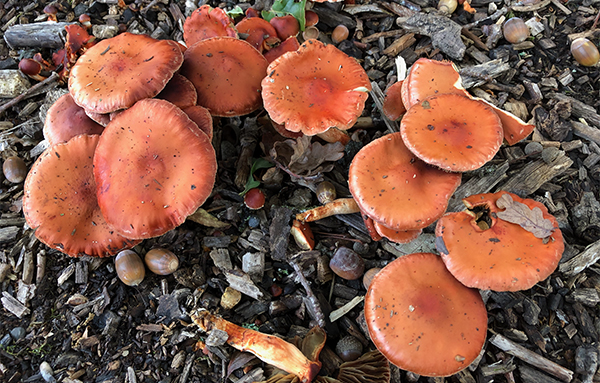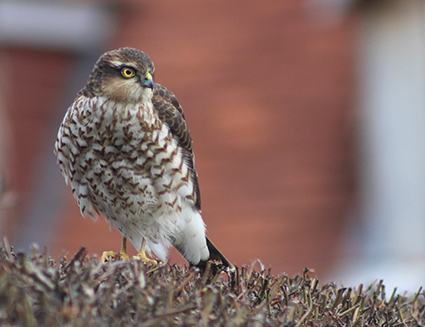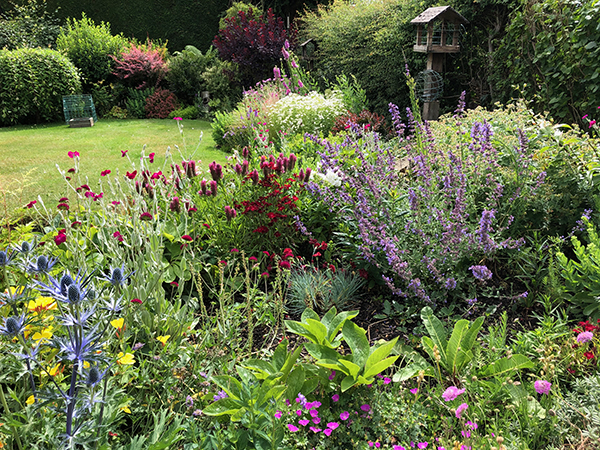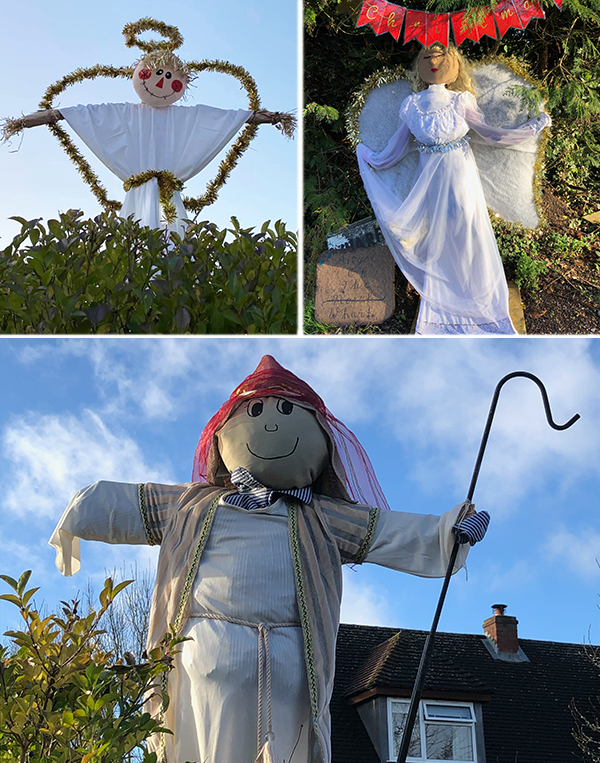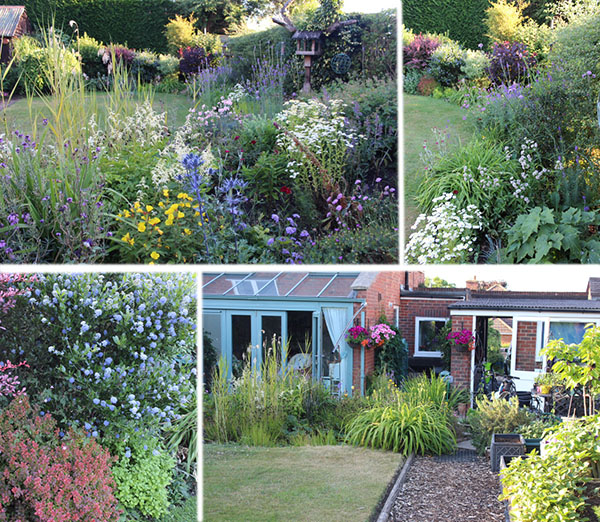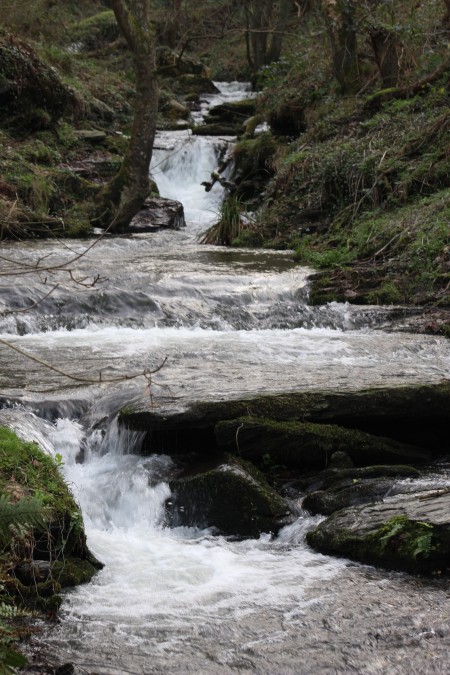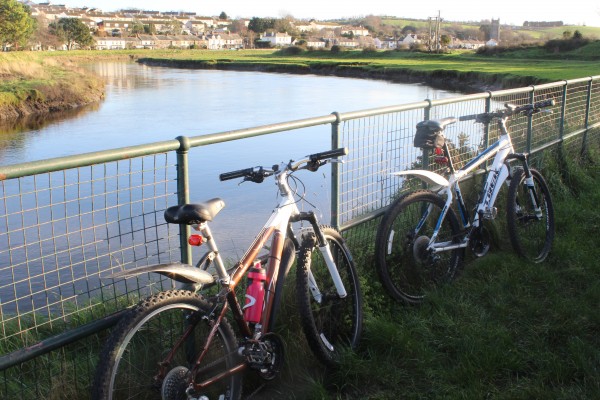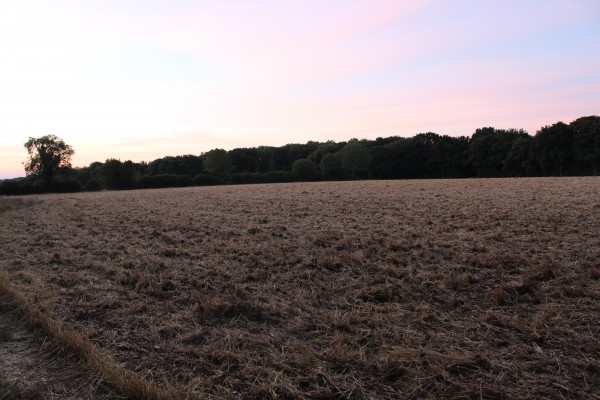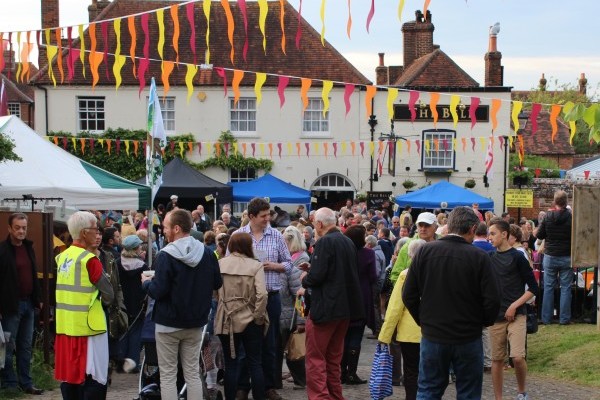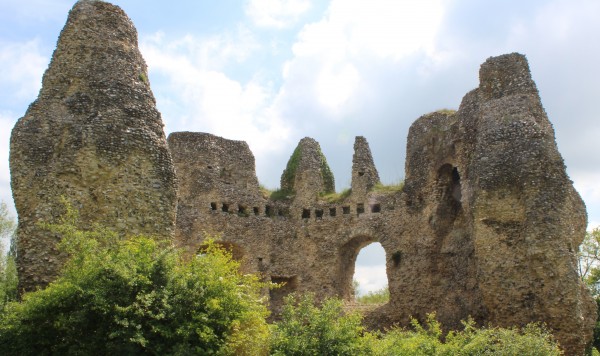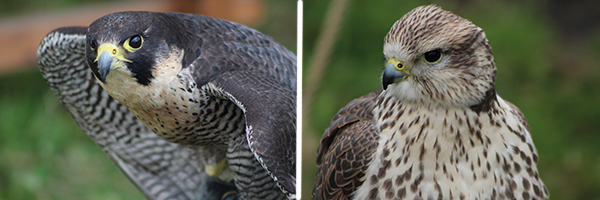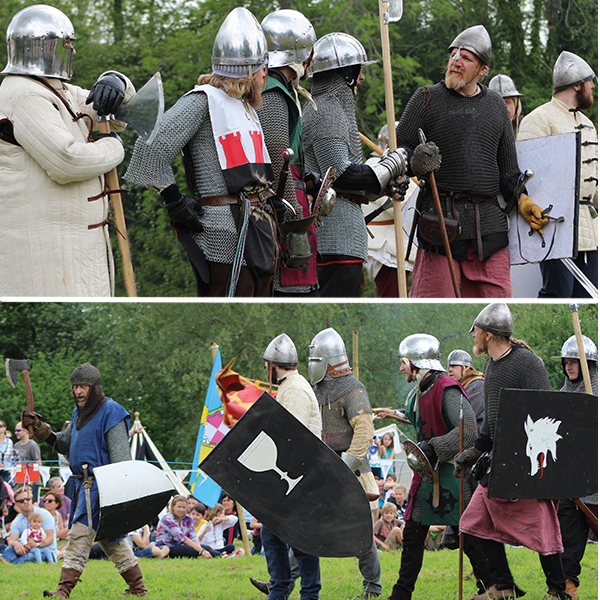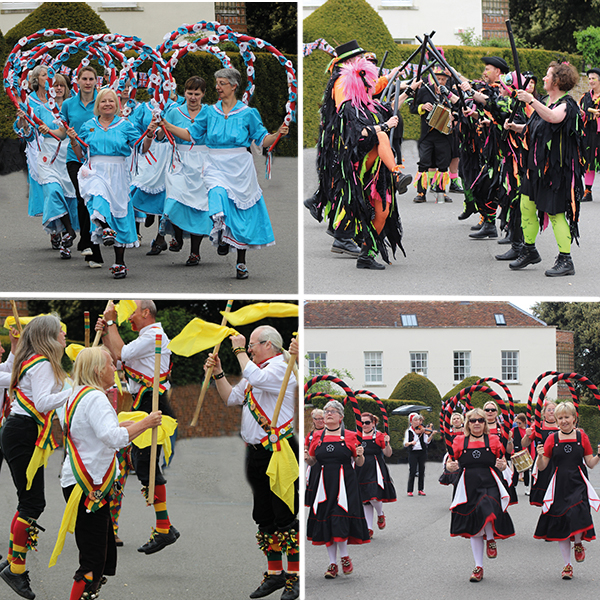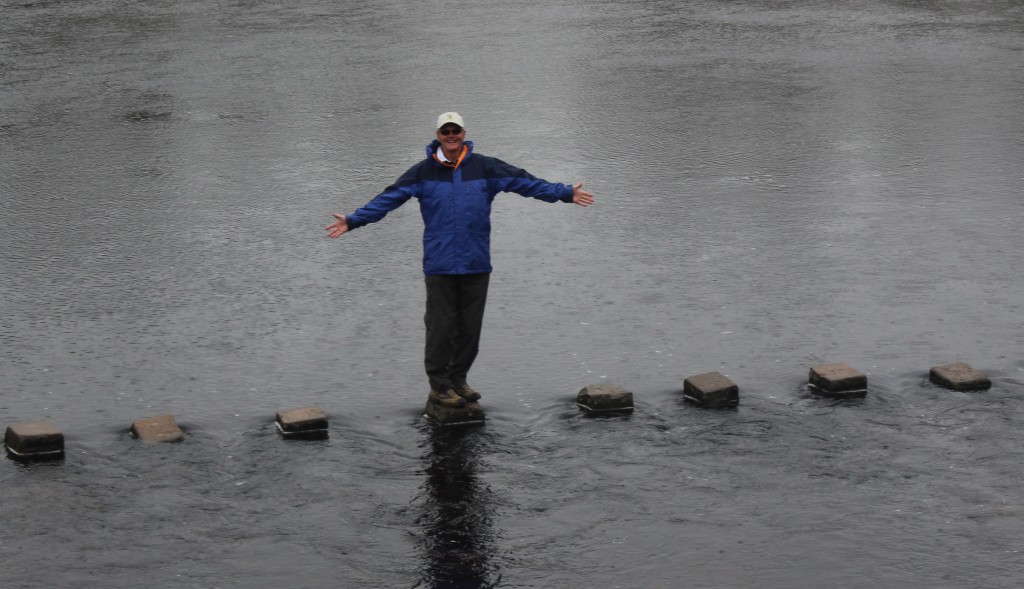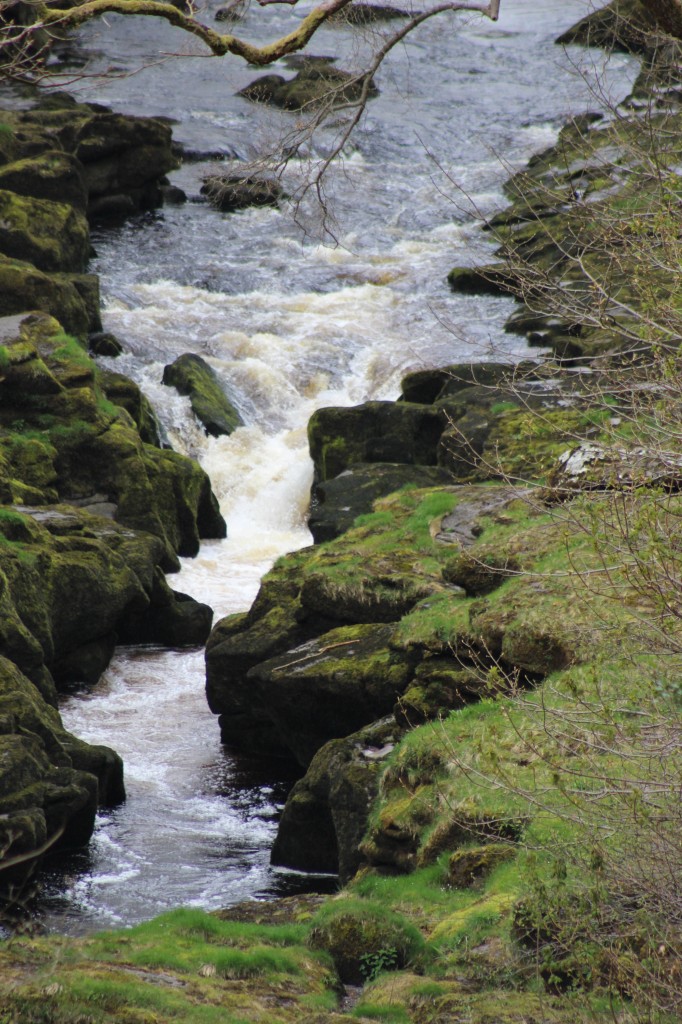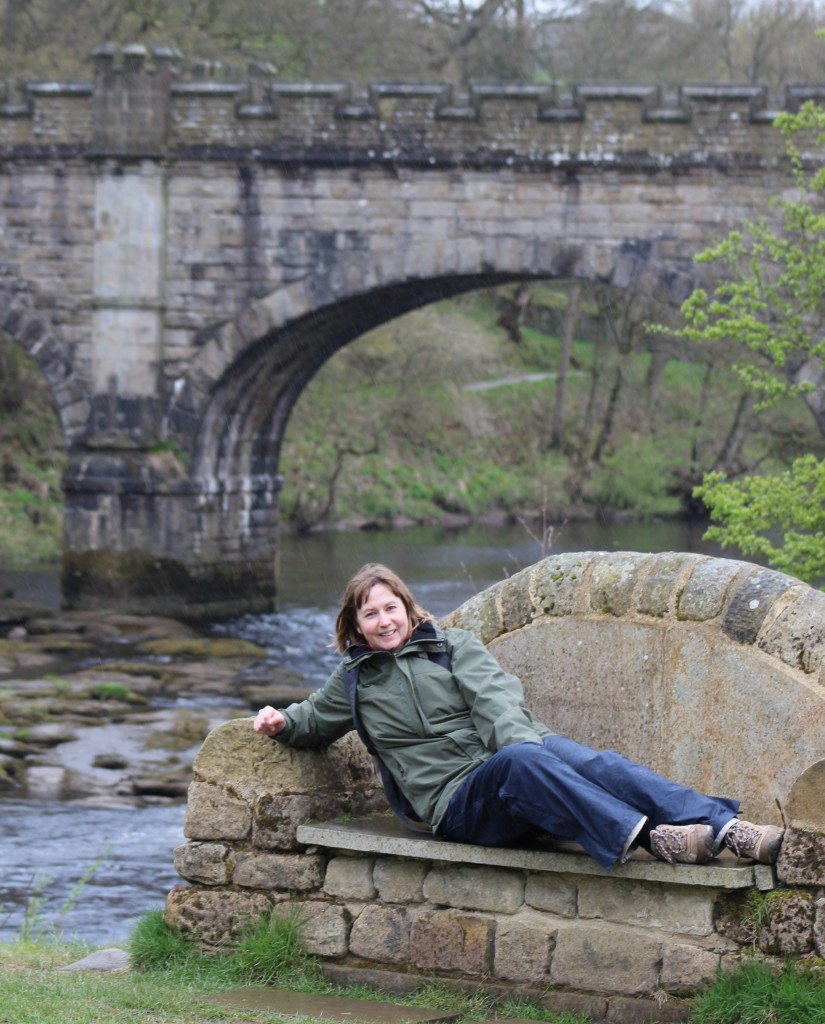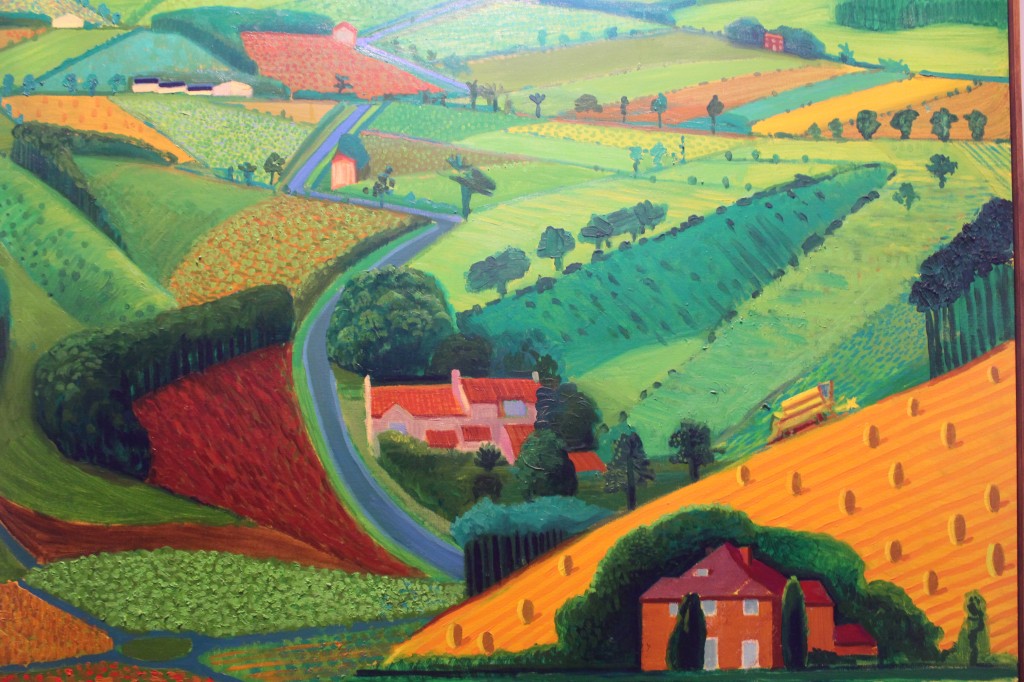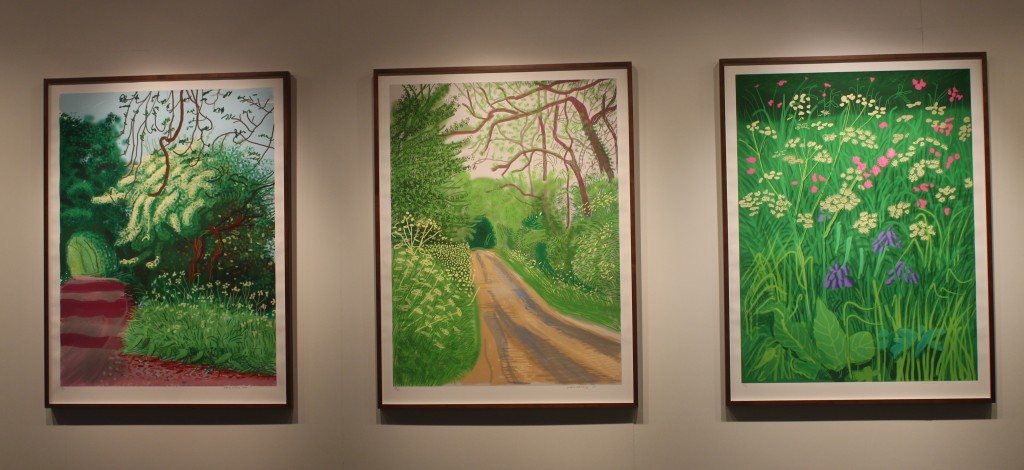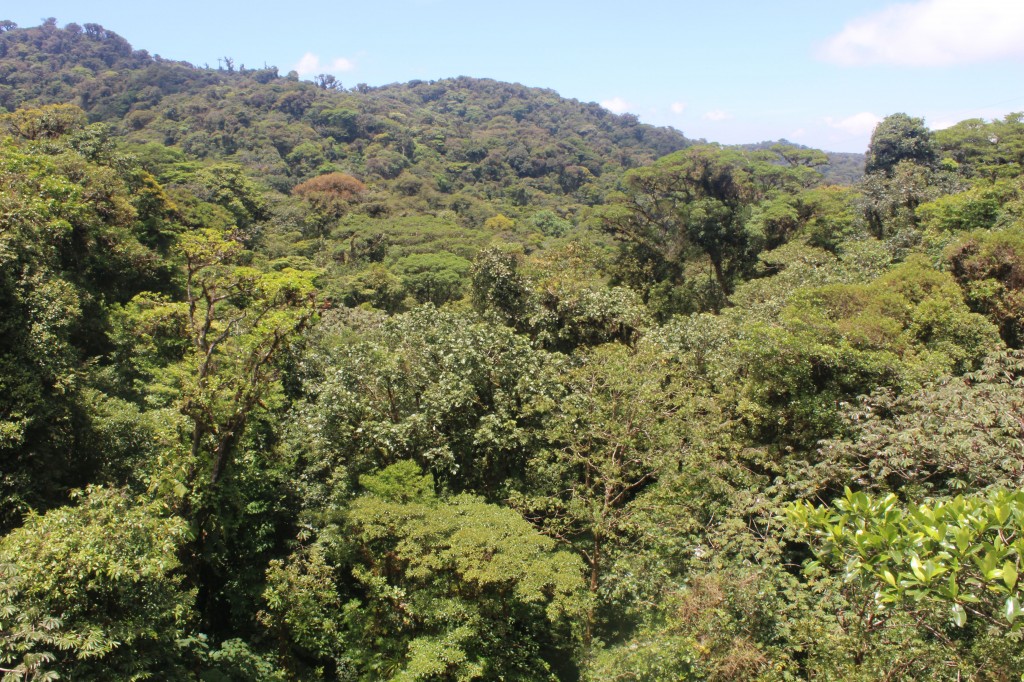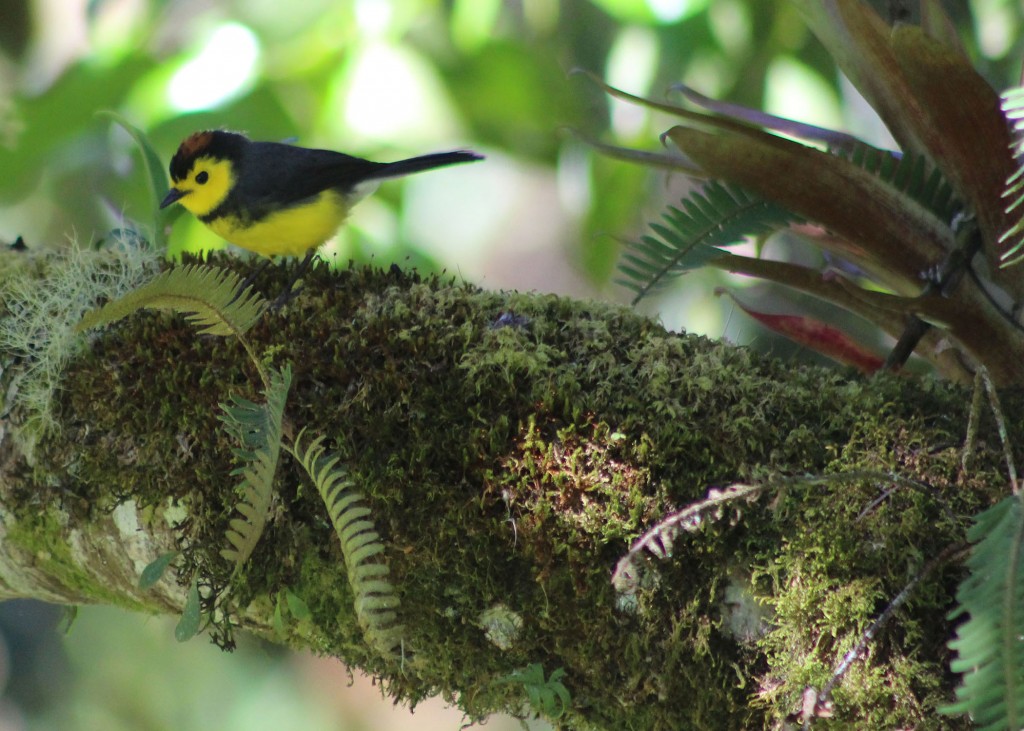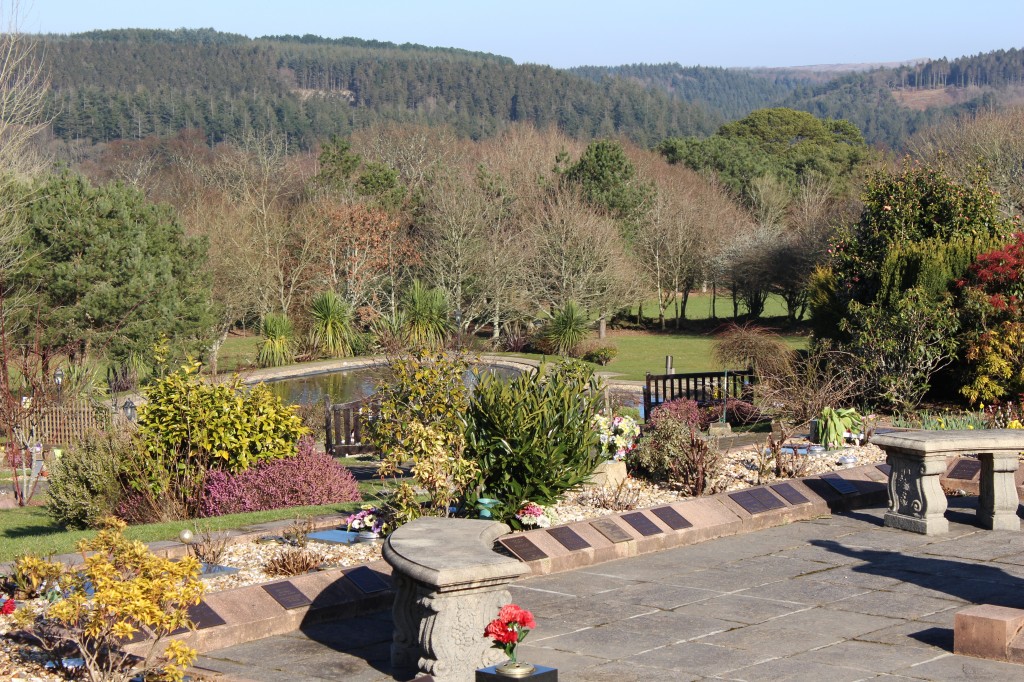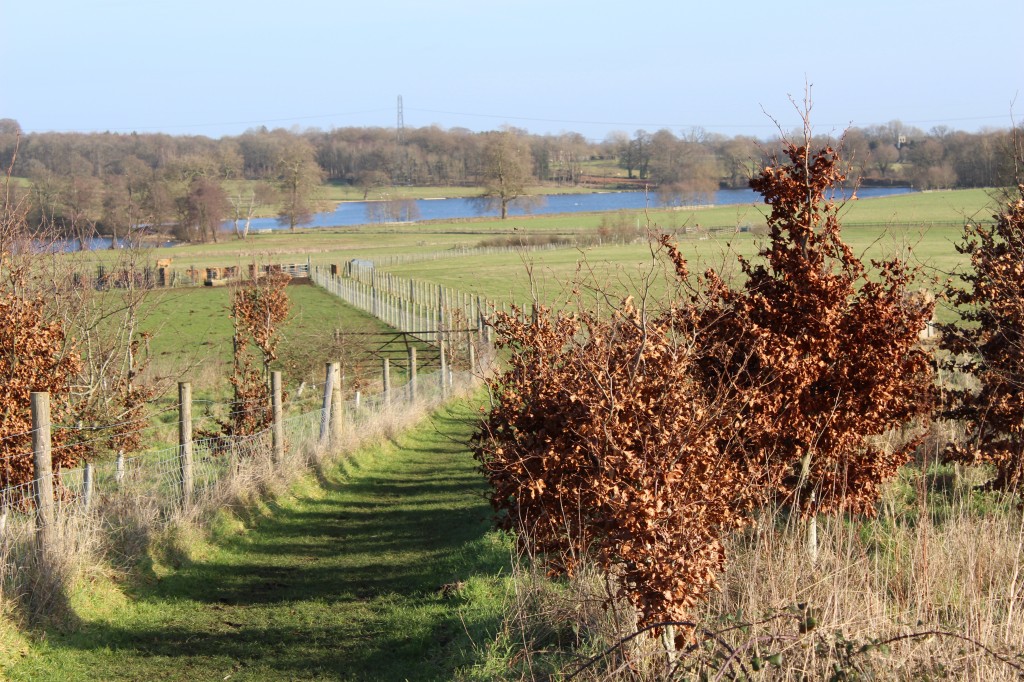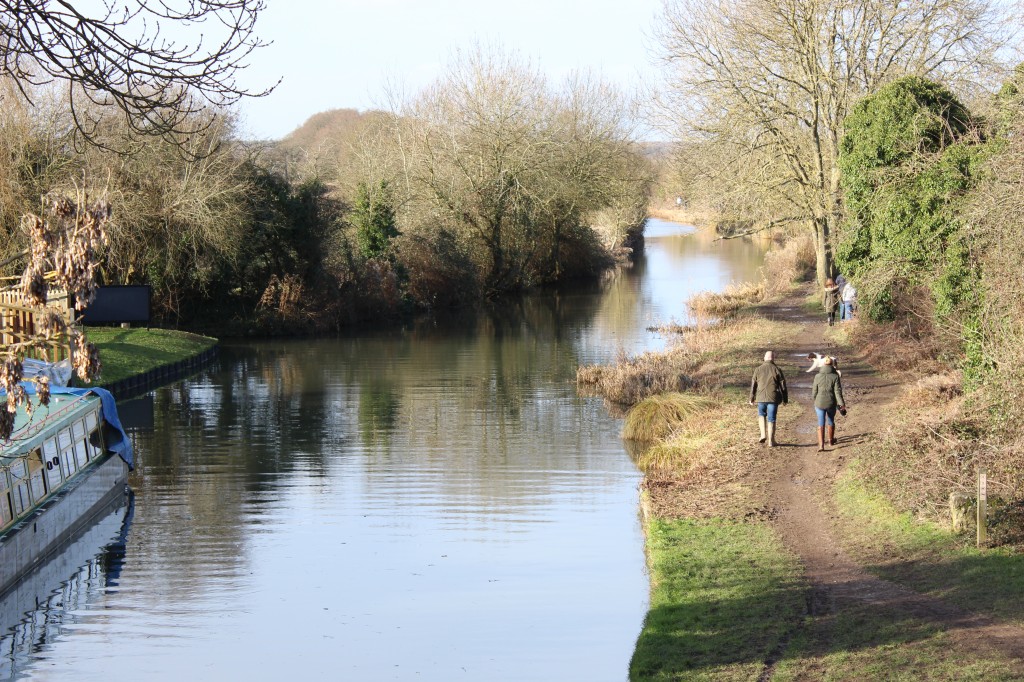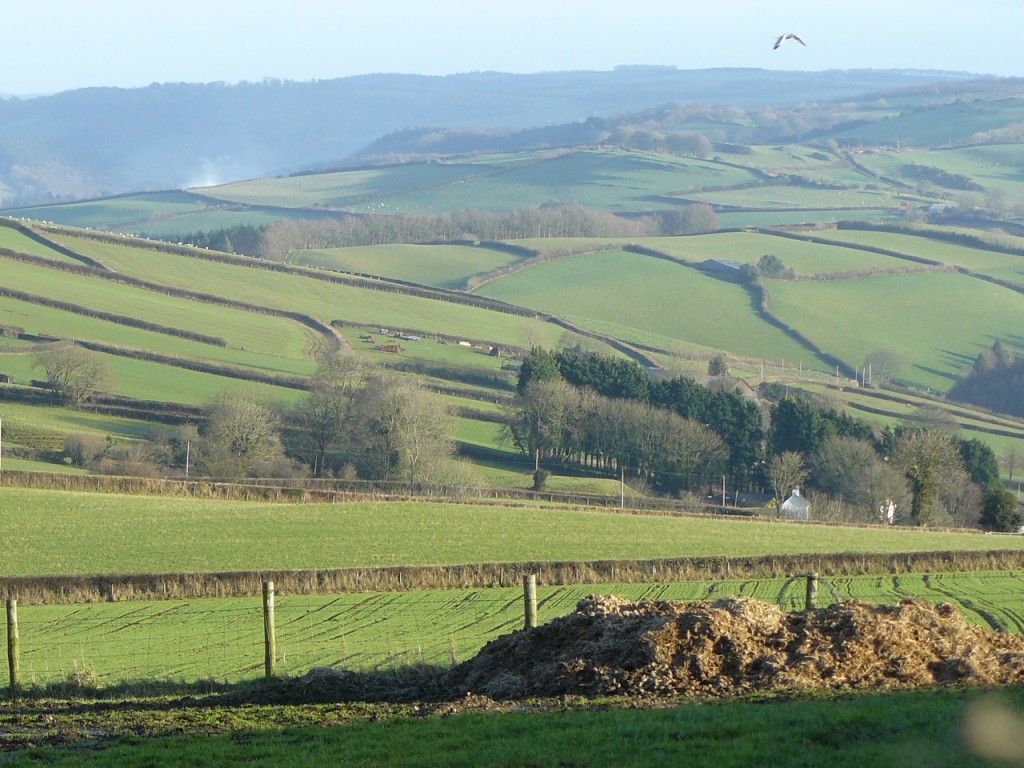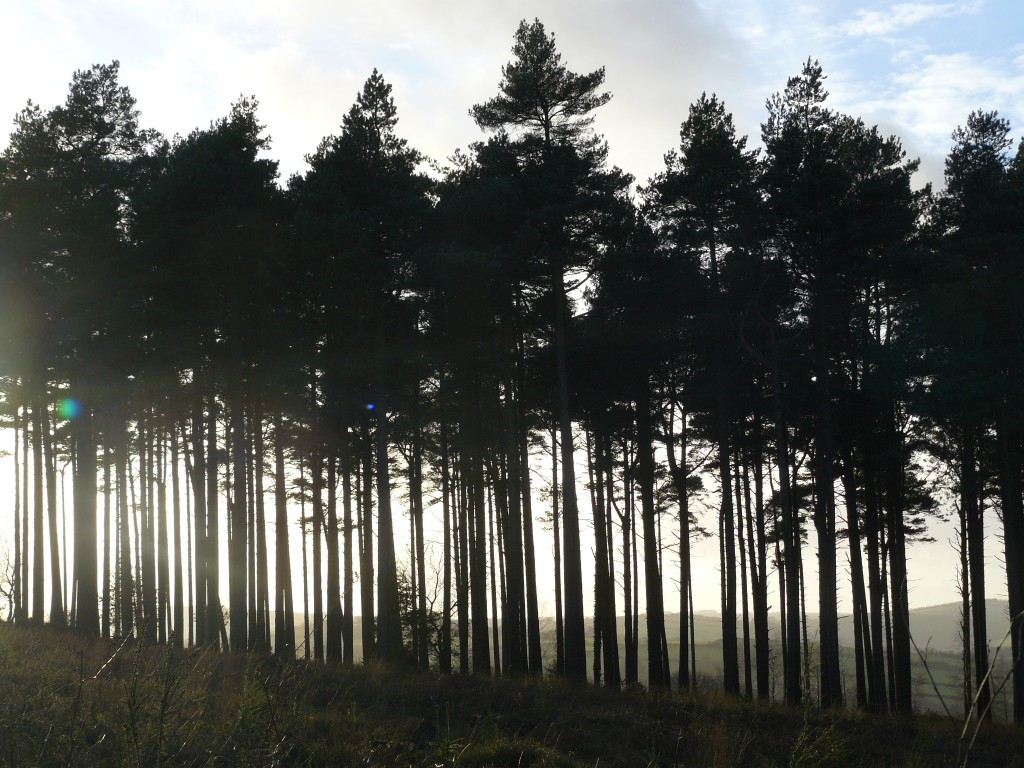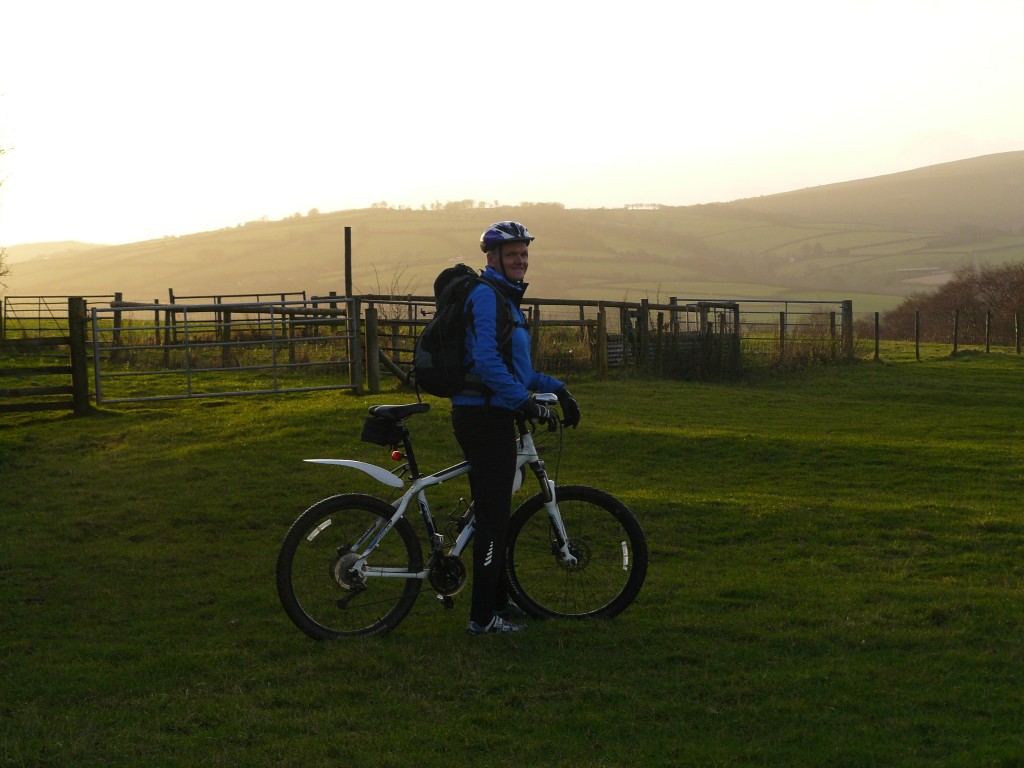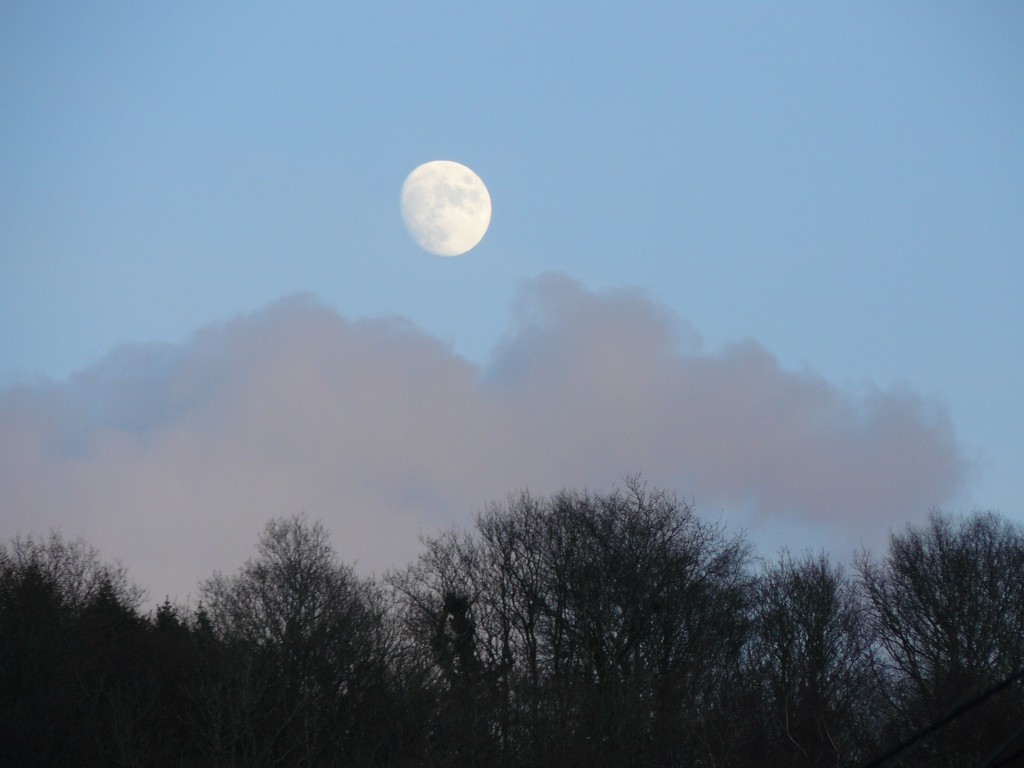If you have been walking in the woods over the past few weeks, chances are you have come across a quintessentially British sight: deep violet-blue carpets of English (or common) bluebells. Blooming in April and May, they are the last of the Spring flowers to emerge from the woodland floor before the leaf canopy thickens overhead and blocks out the sunlight.
Although native to Western Europe, half of the world’s common bluebells can be found in the UK, where they are a protected species. Most grow in, and on the edges of, ancient broadleaf woodlands, but they also grow in hedgerows and grassland and even on coastal clifftops.

A Spanish rival
Unfortunately, the English bluebell (Hyacinthoides non-scripta) is under threat from the invasive Spanish bluebell (Hyacinthoides hispanica). The Victorians introduced the Spanish bluebell as a garden plant, but in the early 1900s it escaped beyond the garden fence. Let loose in the countryside, it has been found to outcompete and cross-pollinate with our native species to produce vigorous hybrids, particularly in urban areas.
How to tell the difference?
It is fairly easy to spot the difference between Spanish and English bluebells.

| English | Spanish | |
| Flower colour | Deep violet-blue (occasionally white) | Pale blue; also pink and white |
| Flower shape | Narrow, tubular bells with tips that curl back | Open, conical bell, with open, spreading tips |
| Stems | Arching with flowers on one side | Upright with flowers on both sides |
| Pollen | Cream-coloured | Blue- or pale green-coloured |
| Leaves | Narrow, ~1.5 cm wide | Broad, ~3 cm wide |
| Scent | Sweet scent | Little or no scent |

Be plant wise
Although Spanish bluebells are very pretty and easy to grow, be aware that they are likely to outgrow their welcome in your garden. They multiply rapidly and are very deep-rooted, which makes them incredibly difficult to eradicate once established.
A few bulbs in my garden (which, to be honest, I don’t remember planting, so may have seeded in my garden from elsewhere) rapidly spread within 3–4 years throughout one of my herbaceous borders. They were lovely to look at and were a big hit with the bees, but they were complete thugs, forming dense clumps that started to smother smaller plants in the border.
So, I recently spent several hours trying to dig them all out. I found all sizes of bulbs at varying depths, and I definitely didn’t manage to remove them all. I’m sure I’ll be digging them out for several years to come.

Tips for gardeners
- Ideally, plant native English bluebells rather than Spanish bluebells. They grow best in free-draining soil in partial shade.
- Buy English bluebell bulbs from reputable sources to ensure they have not been sourced from the wild.
- Don’t plant Spanish bluebells if you live near woodland where English bluebells are growing.
- Cut off seed heads of Spanish bluebells after flowering to stop the windborne spread of seeds outside the garden.
- Dispose of Spanish bluebell bulbs responsibly in council garden waste collections so they don’t end up somewhere they shouldn’t be.

Tips for walkers
- Be aware of the law. English bluebells are a protected species, which means it is illegal to pick, uproot or damage them.
- Stick to designated paths through woods and avoid trampling bluebells. They can take years to recover from damaging footfall.
Where to see bluebells
Both the National Trust and Woodland Trust have lots of information on where to see bluebells. If you have any recommendations for bluebell walks let me know.




